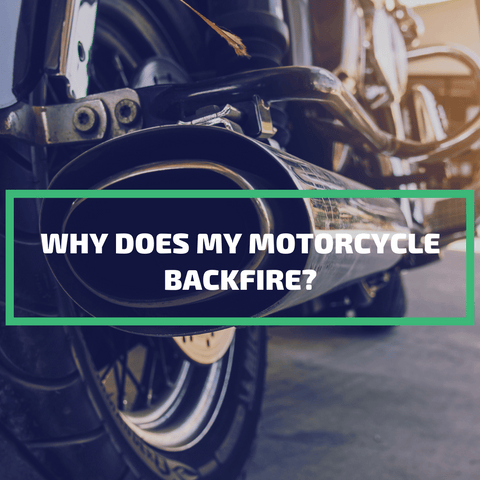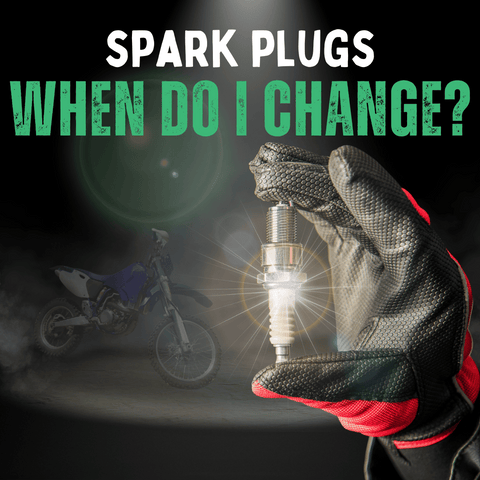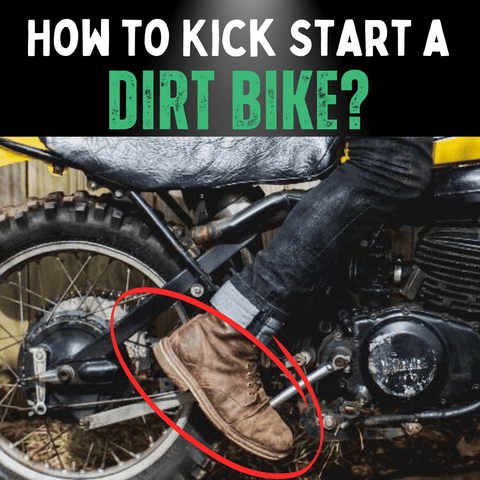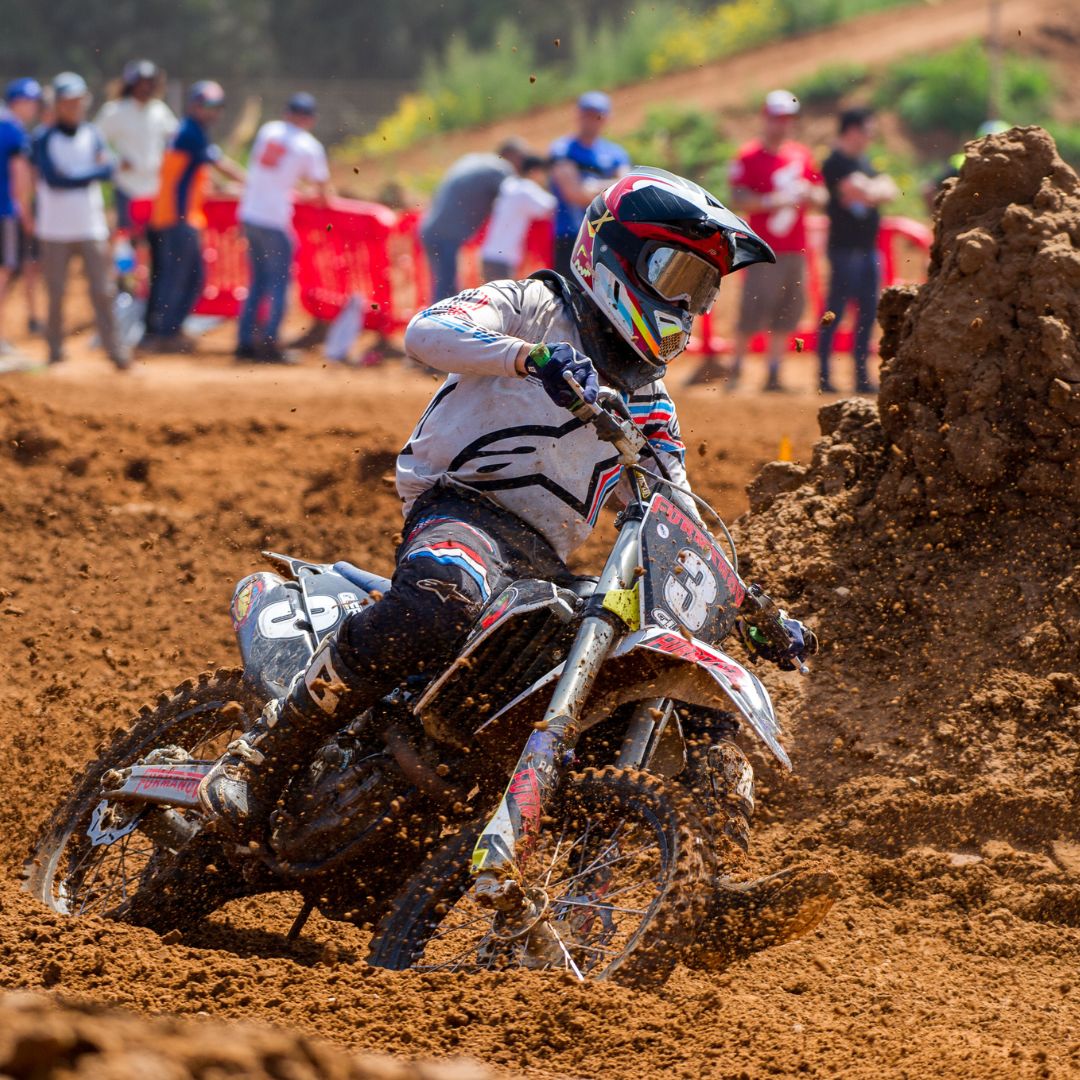Published: August 30, 2022
Updated: March 21, 2025
Is Your Dirt Bike or ATV Only Running With the Choke On?
Revving up your dirt bike or ATV only to find it sputters without the choke? You’re not alone—it’s a common hiccup. Let’s troubleshoot why and get you back on track.
Why It’s Choke or Bust
Quick Answer: If your bike or ATV only runs with the choke on, it’s likely too lean—lacking fuel or air. Check the fuel system, air intake, or spark.
Dirt bikes and ATVs, whether 2-stroke or 4-stroke, run leaner than street bikes to cut emissions, dodge engine knock, and save gas. But too lean stalls it—choke on means it’s begging for more fuel.
Top Culprits
Engines need fuel, air, and spark. Here’s where to dig:
Fuel Issues

- Clogged Fuel Filter: Blocks flow—replace it. Fuel filter guide.
- Fuel Line: Check for kinks or clogs—clear or swap it.
- Fuel Pump: If it’s kaput, see a pro or replace it.
Air Problems

- Dirty Air Filter: Dust chokes air—clean or replace it. Air filter how-to.
- Clogged Intake: Clear any blockages.
- Carburetor: Faulty? Clean or rebuild it.
Spark Troubles

- Dirty Spark Plug: Clean or swap it. Spark plug tips.
- Ignition Coil: Test and replace if dead.
- Loose Wire: Tighten spark plug connections.
Lean Engine Fixes
Suddenly lean? Check:
- Clogged Jets: Clean the carb—choke guide.
- Leaks: Inspect carb bowl and intake gaskets—replace if cracked.
- Rejetting: Pro job if jets are off.
Carb Care
Keep it purring:
- Drain fuel before storage—run it dry or remove the bowl screw.
- Clean every 6-12 months—carb spray’s your friend.
- Use fresh gas—stale stuff gums it up.

Test Your Troubleshooting Skills
Think you’ve got the fix down? Check out these quick Q&As:
Why does my bike only run with the choke on?
It’s running too lean—check for a clogged fuel filter, air intake, or faulty spark plug.
What’s not a fuel issue cause?
A dirty air filter—it’s an air problem, not fuel.
First step for a spark problem?
Check the spark plug—clean or replace it before digging deeper.
How often should I clean the carb?
Every 6-12 months—or more in dusty conditions.
How’d you do? All four right? You’re a pro!
Wrap-Up
A choke-only bike or ATV flags a lean mix—fix fuel, air, or spark, and you’re golden. Keep it maintained, and ride on! Kids hooked? Grab a ride-on bike from us!
Frequently Asked Questions
Why does my bike only run with the choke?
It’s too lean—check fuel filter, air intake, or spark plug.
How do I clean the carb?
Drain it, spray carb cleaner on jets, reassemble—easy fix.
Can old gas cause this?
Yep—stale fuel clogs jets. Use fresh gas or drain it.
Rev Up More Fun! 🚀
Loved this fix? Zoom to RiiRoo.com or hit our Live Chat for more!





Share:
Are Dirt Bikes and Pit Bikes Street Legal in the UK in 2025?
How to Choose the Right Size Quad Bike for Your Kids